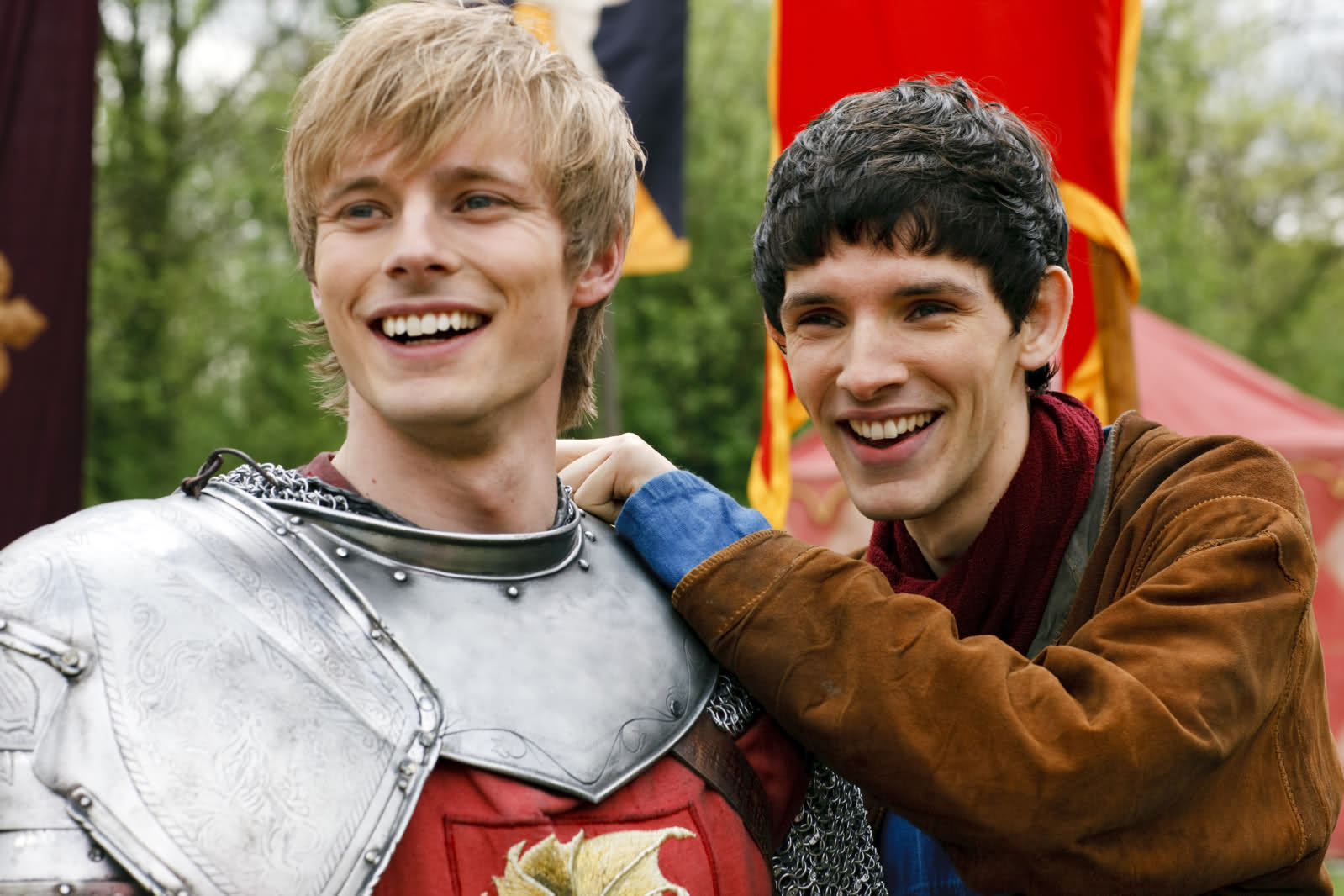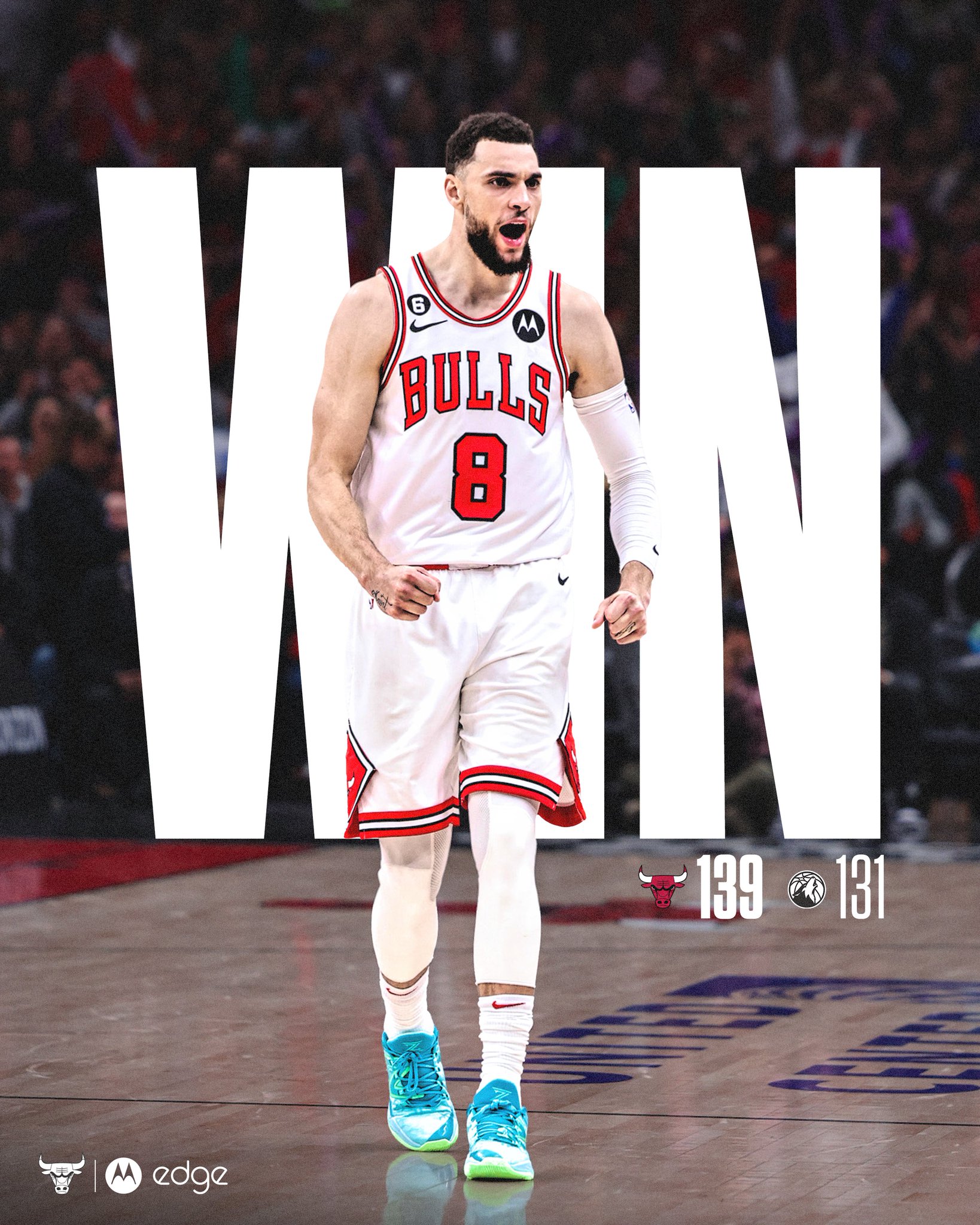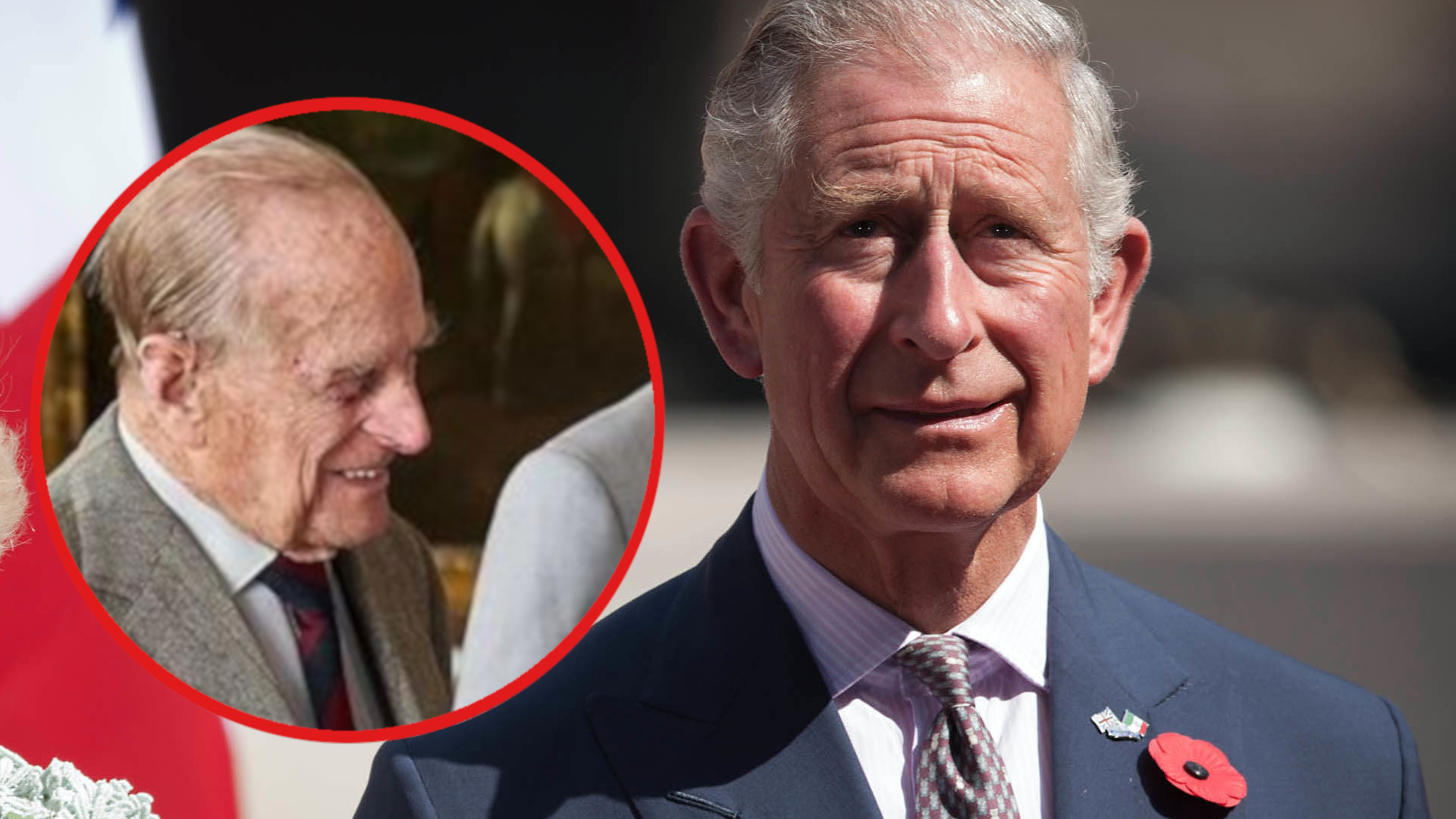The Medieval Tale Of Merlin And Arthur: A Book Cover's Narrative

Table of Contents
Visual Storytelling: Depicting the Characters of Merlin and Arthur
The visual representation of Merlin and Arthur on book covers is crucial in establishing the narrative's tone and capturing the essence of these complex characters. Common visual tropes instantly recognizable to any reader familiar with Arthurian lore are employed. Merlin is often depicted as an older, bearded man, cloaked in flowing robes, sometimes wielding a magical staff or orb, symbolizing his wisdom and magical prowess. His gaze often reflects a profound understanding, hinting at his prophetic abilities. Arthur, on the other hand, is typically portrayed in regal attire, often wielding Excalibur, the legendary sword, embodying his strength, courage, and righteous kingship.
Different artistic styles across eras significantly impact how these characters are presented. Medieval manuscripts, for example, often depict them in a stylized, religious manner, reflecting the artistic conventions of the time. Modern interpretations, however, can range from realistic portrayals to fantastical, almost comic-book-esque styles. The choice of style significantly influences the reader's perception of the story within.
- Examples of famous book covers showcasing distinctive Merlin and Arthur portrayals: Consider the stark differences between a classic illustrated edition from the 1950s versus a modern graphic novel adaptation. The older version might emphasize a more formal, almost stiff representation, while a modern cover could opt for a dynamic, action-oriented approach.
- How artists use visual cues to hint at their personalities: Merlin's piercing gaze and thoughtful expression can suggest his wisdom and foresight. Conversely, Arthur’s confident stance and firm grip on Excalibur communicate his strength and unwavering resolve.
- The impact of different color palettes and lighting techniques on mood and characterization: Dark, brooding colors might enhance the mystical and mysterious aspects of Merlin's magic, whereas brighter, warmer tones could highlight Arthur's noble and chivalrous nature.
Symbolism and Allegory: Unveiling Deeper Meanings in Merlin and Arthur Book Covers
Beyond the straightforward depictions of the characters, Merlin and Arthur book covers are rich in symbolism and allegory. These visual cues often communicate deeper thematic elements of the Arthurian legend. Iconic symbols like Excalibur represent power and destiny, while Camelot signifies idealized kingship and community. The Round Table embodies unity and fellowship, while magical creatures like dragons or unicorns add layers of fantasy and mystique.
Allegorical representations frequently allude to broader themes within the story. For example, the conflict between magic and reason, often represented through the contrasting figures of Merlin and Arthur, is a recurring theme. The struggle for power, betrayal, and the search for the Holy Grail are frequently hinted at through visual cues.
- Examples of specific symbols and their interpretations within the context of the story: The presence of a broken sword might foreshadow a fall from grace, while a looming castle could signify impending conflict.
- How the use of light and shadow can enhance the symbolic meaning: Light often symbolizes purity, goodness, and divine favor, whereas shadow might represent darkness, evil, or hidden dangers.
- The role of background imagery in conveying setting and mood: Forests often allude to mystery and the supernatural, while battle scenes highlight the conflicts and struggles of Arthur's reign. Majestic castles represent power and authority.
Evolution of the Narrative: Changes in Merlin and Arthur Book Cover Design Across Time
The design of Merlin and Arthur book covers has evolved significantly over time, reflecting the changing artistic trends and interpretations of the Arthurian legend. Early illustrations, often found in medieval manuscripts, tend to be more stylized and religious in nature, emphasizing symbolic representation over realistic detail. As artistic styles changed, so did the depiction of these iconic figures.
The 19th and 20th centuries saw a shift towards more realistic and romantic interpretations, often drawing inspiration from the Pre-Raphaelite movement. Modern book covers showcase a much wider range of styles, from realistic paintings to stylized illustrations and even graphic novel aesthetics.
- Comparison of cover art from different decades or centuries: A comparison between a medieval illuminated manuscript and a modern graphic novel adaptation highlights the dramatic shift in artistic styles.
- Identification of recurring motifs and stylistic choices: Certain motifs, like Excalibur or the Round Table, remain constant across different eras, while artistic styles shift significantly.
- The influence of specific artists or illustrators on the visual representation of the Arthurian legend: The work of influential illustrators has shaped the public perception of Merlin and Arthur, influencing countless subsequent depictions.
The Impact of Typography and Layout in "Merlin and Arthur" Book Covers
The typography and layout of a book cover are equally important in conveying the narrative's tone and style. Font choices can significantly influence the overall impression. A medieval-style font might suggest a classic, traditional approach, while a more modern font might convey a contemporary interpretation. The placement of the title, author's name, and other text elements also impacts visual appeal. A clean, well-balanced layout is generally more effective than a cluttered one.
- Examples of effective and ineffective typography in Merlin and Arthur book covers: An overly ornate font might feel out of place on a modern cover, while a simplistic font might not capture the epic grandeur of the story.
- How font choices and layout can contribute to or detract from the overall narrative: Effective use of typography and layout enhances the visual storytelling, guiding the reader's eye and creating a cohesive and compelling design.
Conclusion
Book covers featuring Merlin and Arthur are powerful visual narratives that condense the richness of Arthurian legend into compelling images. By analyzing the visual storytelling, symbolism, and evolution of these designs, we gain a deeper appreciation for the enduring appeal of these iconic figures. The next time you see a Merlin and Arthur book cover, take a moment to decipher its visual language and appreciate the artistry involved in capturing the magic and drama of this timeless tale. Explore the vast world of Merlin and Arthur book covers—you might be surprised by the stories they tell!

Featured Posts
-
 Knicks Edge Bulls In Double Overtime Thriller
May 11, 2025
Knicks Edge Bulls In Double Overtime Thriller
May 11, 2025 -
 Reakcja Ksiecia Williama Szokujaca Historia Masazystki I Ksiecia Andrzeja
May 11, 2025
Reakcja Ksiecia Williama Szokujaca Historia Masazystki I Ksiecia Andrzeja
May 11, 2025 -
 Analyzing Commissioner Manfreds Statements At The Speedway Classic
May 11, 2025
Analyzing Commissioner Manfreds Statements At The Speedway Classic
May 11, 2025 -
 Eric Antoine Nouvelle Vie Nouveau Bebe Apres Le Divorce
May 11, 2025
Eric Antoine Nouvelle Vie Nouveau Bebe Apres Le Divorce
May 11, 2025 -
 Grand Slam Track Can This New League Save Athletics
May 11, 2025
Grand Slam Track Can This New League Save Athletics
May 11, 2025
